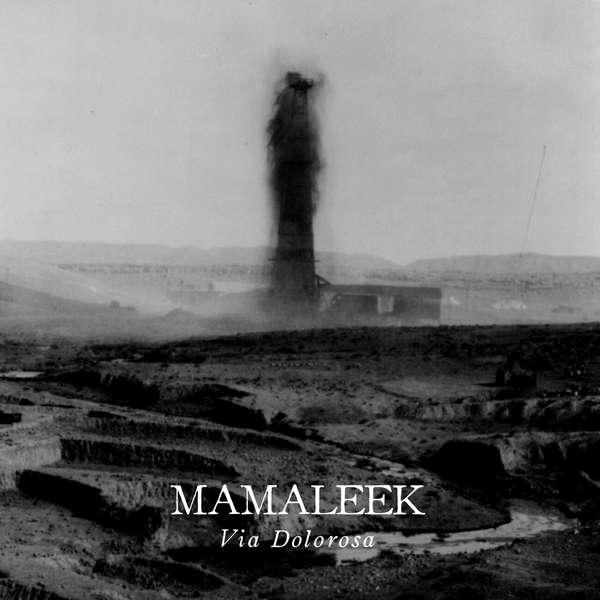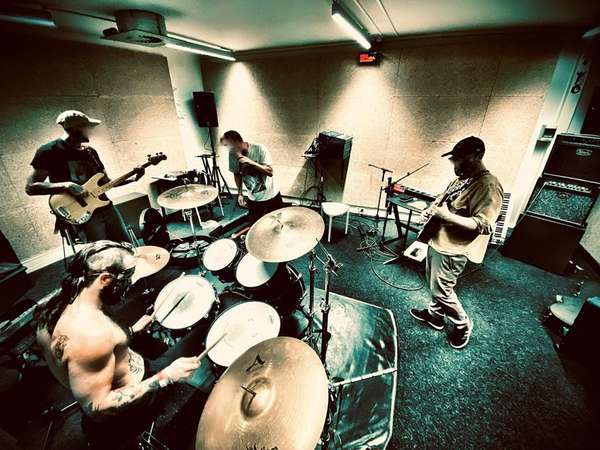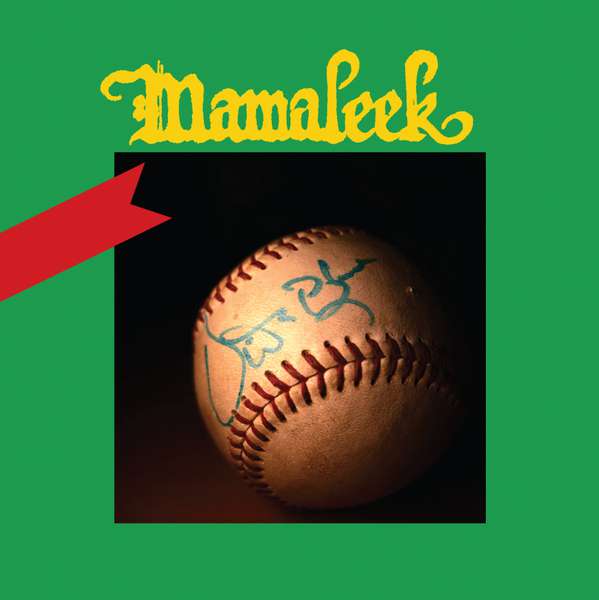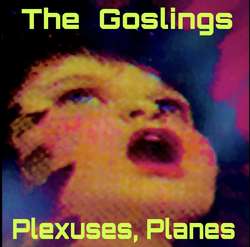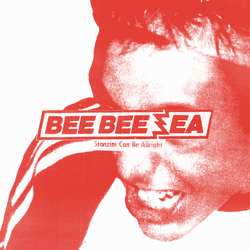The experimental black metal outfit from San Francisco has been able to create a veil of mystery around their existence. The origin of Mamaleek is traced back in 2008, and since then, these guys have been quite active. Their first couple of albums, the self-titled debut and Fever Dream, were released on a very limited amount of copies through (I guess their own label) Furusiyya Recordings. Their music attracted the interest of the Enemies List label, which put out the band's third album, Kurdaitcha, and The Flenser through which He Never Spoke a Mumblin' Word and now their fifth full-length Via Dolorosa were released.
In terms of their music structures, Mamaleek put together elements of psychedelia, electronic music and black metal in a very novel manner. As a result, their record manages to contain the darkness of the black metal genre, acquiring at the same time the experimentation of their psychedelic influences along with the diversity of electronic music. What also becomes quite apparent is an overflowing dark jazz vibe that oozes from the music. But somehow, and that is the most intriguing part about Mamaleek, the basis for their music is founded in all these different music genres. It is not a black metal album that features psychedelic moments, rather than an album that is equally rooted in black metal, psychedelia, electronic music and dark jazz.
When I read the description for the album, I had a quite decent picture of what I was in for with Via Dolorosa, but Mamaleek soon proved me wrong. When “Nothing But Loss” comes in you see the black metal radiating from mainly the bleakness of the melodic phrases of the song, and the extreme vocals yelling straight at you. Most of the songs in the album follow the same motif, with some staggering exceptions. The most brutal moment, in terms of black metal, has to be “What's Left,” which even though it does not feature the ferocity of the genre, it still leans towards the eerie side of the extreme spectrum. On the other hand, “Already There” brings the closest thing to an outbreak found in Via Dolorosa in the final part of the track, with the screaming vocals and heavy drums offering a more aggressive outlet. However the song does not fully erupt, rendering the occurrence of this non-outbreak even more disturbing.
What is the most intoxicating part of Mamaleek is the vibe that they radiate in this album. The straightforward manner in which the rhythm is laid out, is basically a subtle trick. The smooth transitions of “Already There” see the rise of this dark jazz aesthetic, something that Mamaleek also made use in “Pain As Providence.” That hallucinogenic groove washes over the entire record, at moments resulting in some ridiculous patterns, as is the case with “Ain't No Thief” and “What's Left,” with the second of the two also bringing the electronic influence closer to the surface near the end. The mysterious veil that surrounds Mamaleek shines with this well crafted vibe, as songs such as “Ain't Got No Fight” show.
In combination with the psychedelic input in this album, it becomes quite a difficult task not to listen to this record in awe. “Pain As Providence” features the rise of psychedelia in an intense scale, while more bitter offerings are found in “What's Left” and, in a grimmer fashion, “Ain't Got No Fight.” The melodic lines of songs such as “Already There” are dripping acid with each passing note, while the opening track has something of the louder and more extreme edge of the psychedelic spectrum, with some shoegazing tendencies.
The result of course, and the most important aspect of Via Dolorosa is the creation of a strong atmosphere that surrounds the album. The clean guitars and the voices in the background in parts of the opening song raise the unearthly feeling as Mamaleek lose themselves in their dark jazz trance. The unyielding ambiance is also present in “Already There” with a darker and more bleak personification, while the completely trippy parts of “Ain't Got No Fight” create a disorienting offering that is simply inescapable. And then, when things need to get even more distressing, Mamaleek deliver brilliantly. The horrific aura that they awaken in “Pain As Providence” sees them retreating in their mystical pathways, as the disturbing piano makes things even more uncomfortable. A similar strategy is applied in the brilliant “Ain't No Thief” with the big vocals creating a towering theme for the band.
Via Dolorosa is an extensively bleak album. Mamaleek have a very fascinating perspective of the different musical genres that they put through their demented kaleidoscope, resulting in a short but very intense trip.
